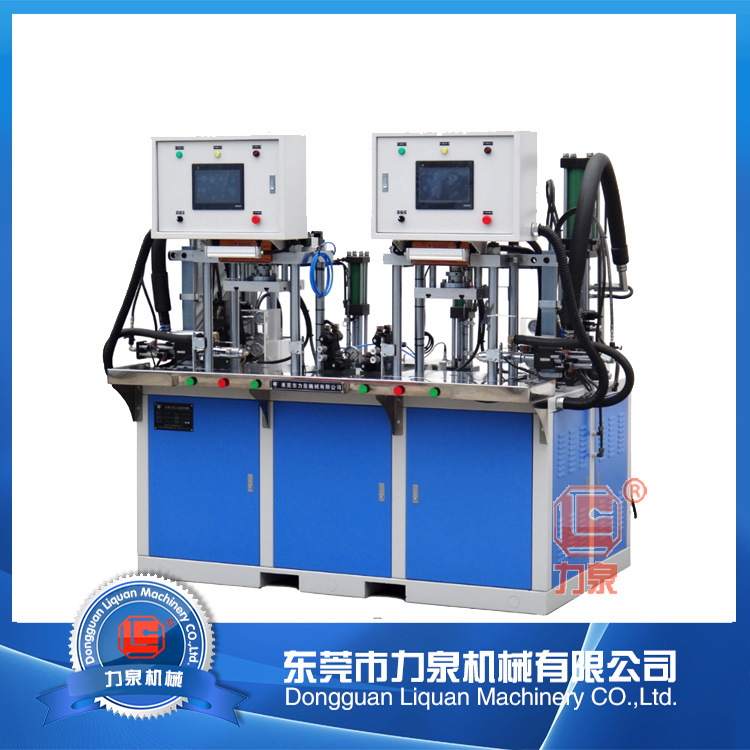Improvement and innovation of precision casting equipment
The traditional Silica Sol precision casting is one of the energy consuming industries. With the increasing awareness of environmental protection in society as a whole, "both gold and silver mountains, but also green mountains" has become a consensus. This requires us to improve the efficiency of unit time and reduce energy consumption in the production process.
To this end, Liquan combined with customer needs, actively R & D and exploration, in the wax injection machine and shell mold sintering furnace and other links made automation, energy-saving improvements, in the surface pasting shell and shell mold rapid drying links have innovated. Here, let's make a useful exploration.
A. "Liquan" wax machine to achieve automation, improve production efficiency, reduce single product energy consumption, reduce labor costs, the formation of a series.
The traditional wax injection machine is divided into cylinder wax injection machine and cylinder-free wax injection machine. Most of the traditional enterprises mainly use hand-made molds and wax injection by hand. It is characterized by flexible production and easy to change molds. The disadvantage is that the production efficiency is relatively low. The general single-person shift production is about 1000 pieces, accounting to single-piece products, unit energy consumption and unit person. The work is relatively high.
At present, the main market of Liquan is the cylinder-free automatic wax ejector. On the basis of the traditional cylinder-free wax ejector, the positioning accuracy of the mold is improved, the clamping force is increased, the single wax ejection quantity is increased, and the automatic operation is strengthened. The automatic wax ejection, automatic opening and automatic ejection of the mold can be realized by a worker at the same time. Operation of two workstations greatly improves labor efficiency. Generally, a single shift production of about 6000-7000 pieces, accounting to a single product, unit energy consumption is only about 20-30% of manual wax injection, a single piece of labor costs only about 15-20% of manual mold. Attached drawings

At present, the latest high end touch screen version, docking MES system, as shown in Fig.

